Working group 2:
New functionalities for sensors and devices

OBJECTIVE 1
Control the degree of disorder in low dimensional and low carrier density superconductors
OBJECTIVE 2
Achieve a better understanding of electronic behavior between the extreme limits of infinity and zero resistance.
OBJECTIVE 3
Understand transport in hybrid magnetic-superconducting devices and explore the behavior of pand junctions made of hybrid heterostructures.
Description
The collaborative approach of SUPERQUMAP will make it natural to functionalize the insight won in the development of new materials in devices. SUPERQUMAP includes researchers that are proficient in growing thin films and preparing interfaces. Phenomena at interfaces between oxides, for example, are getting a considerable boost, thanks to advances in the growth, nanostructuring and characterization of interfaces. 2D electron gases (2DEGs) formed at the interface between transition metal oxides, like LaAlO3 and SrTiO3, or KTaO3 and insulating overlayers of EuO or LaAlO3, are promising candidates for the realization of a new generation of advanced electronic devices. These are characterized by a unique combination of strong spin-orbit coupling, superconductivity and interfacial 2D-magnetism, which could hold under some conditions topological states. These phenomena are related to interfacial orbital reconstructions which, on one hand, dominate the oxide 2DEG’s physics and, on the other, determine their extreme sensitivity to the orbital tuning of the ground state. We can make a fine adjustment of the oxide functional properties through material design and engineering. Furthermore, these are highly tunable using electric and magnetic fields as well as visible light, thanks to the close coupling between the various degrees of freedom. SUPERQUMAP will produce new approaches in the study of these interfaces, by fabricating nanodevices where we will be able to manipulate several ground states. Remarkable recent examples include the observed coexistence of Rashba spin-orbit coupling and spin polarization in the LaAlO3/EuTiO3/SrTiO3 heterostructures, which can lead to spin- charge conversion devices or unconventional superconductivity. Ferroelectric functionalities are naturally embedded into such structures, leading to devices with novel functionalities.
Understanding and controlling the role of oxygen vacancies, intrinsic defects, or lattice strain of cuprate high-temperature superconductors is also a demanding challenge. In particular, the lattice strain modulations induced by nano-engineering will regulate the local superconducting pair function. Additionally, electric field induced migration of oxygen vacancies provides a viable mechanism for further local modulation of the superconducting parameter. The charge carrier density of superconducting nanowires or other oxide nanostructures can be reversibly controlled, opening comprehensive prospects for gate-modulated electronic quantum devices.
The combination of hybrid magnetic films with superconductors provides a thrust towards tunable Josephson junctions (ϕ and π junctions) and the realization of new magnetic devices, thanks to spin polarized sub-bands. Furthermore, we will explore the connection between magnetism (magnonics) and superconductivity. The interaction between magnetic flux quanta with magnons (quanta of spin waves) enables novel wave-based data processing concepts, with the ultimate goal of creation of hybrid quantum systems operating with single and entangled (quasi)particles. Low-dimensional materials and systems with engineered interfaces allow for bringing the vibrant fields of fluxonics and magnonics down to the atomic scales. The understanding of physics of fast-propagating fundamental excitations – ultra-fast (>10km/s) moving fluxons in systems with fast relaxation of non-equilibrium and short-wavelength (<100 nm) magnons in the exchange regime will enable new systems with enhanced performance for microwave and optical photon counting as well as mechanic and magnetic sensing.
We will use novel nanofabrication techniques, such as focused He ion beam. We can create tiny defects, with beam of diameter down to 0.35 nm and unprecedented depth of focus. The microscopic mechanism of the He-FIB method is based on the creation of point defects—mainly oxygen Frenkel defects—that suppress Tc because of the d-wave gap symmetry in copper-oxide superconductors. The flat surface after irradiation then allows adding other building blocks like ferromagnetic layers to create hybrid devices. These engineered small regions of non-superconducting material are excellent traps for magnetic flux quanta. Furthermore, by direct-writing non-superconducting barriers into a thin film of copper-oxide superconductors with a focused He ion beam, we can fabricate novel Josephson junctions and SQUIDs. The versatility of this method enables a targeted optimization of devices, taking advantage of the broad expertise in various analytical methods existing in the group of proposers. Extension of nanostructures into the 3D dimension allow for 3D SQUID vector-field magnetometry and, being free from heat sinks to the substrate, unprecedented prospects for microwave bolometry.
There is also a large experience in synthesizing films with highly tunable superconducting properties. The same film can be turned from superconductor, with zero resistance, to an insulator with infinite resistance modifying it only slightly. The key to understand this behavior is the absence or a reduction of Coulomb screening. The spatial dependence of Coulomb correlations can lead to an intrinsic granularity in thin films. We will address this problem with improved techniques, such as Josephson scanning spectroscopy, which allows mapping the Cooper pair wave function and Coulomb interactions at the same time. We expect that the insight won will stimulate lively discussions with theory and that, thanks to the involvement in SUPERQUMAP of more technical-oriented groups, we will be able to improve devices for photon detection based on thin films with similar properties.
The main characterization techniques include transport at zero and high magnetic fields, the use of large-scale facilities, particularly for high magnetic field experiments, as well as microscopies to visualize magnetic flux quanta and density variations of charge and Cooper pairs. This WG will lead to new devices with new functionalities.
Some references
- Proximity effects in superconductor-ferromagnet heterostructures, Rev. Mod. Phys. 77, 935 (2005).
- Spin-polarized supercurrents for spintronics, Physics Today 64, 43 (2011).
- Odd triplet superconductivity and related phenomena in superconductor-ferromagnet structures, Rev. Mod. Phys. 77, 1321 (2005).
- Ultra-fast vortex motion in a direct-write Nb-C superconductor, Nat Comm 11, 3291 (2020).
- SQUID-on-tip with single-electron spin sensitivity for high-field and ultra-low temperature nanomagnetic imaging, Nanoscale, 12, 3174 (2020).
- Nodal superconducting exchange coupling, Nat. Mat. 18, 1194 (2019).
- Theory of Magnetic Domain Phases in Ferromagnetic Superconductors, Phys. Rev. Lett. 122, 117002 (2019).
- 4π-Periodic Supercurrent from Surface States in Cd3As2 Nanowire-Based Josephson Junctions Phys. Rev. Lett. 121, 237701 (2018).
- Zeeman-Effect-Induced 0-π Transitions in Ballistic Dirac Semimetal Josephson Junctions, Phys. Rev. Lett. 123, 026802 (2019).
- Ultradense Tailored Vortex Pinning Arrays in Superconducting YBa2Cu3O7−δ Thin Films Created by Focused He Ion Beam Irradiation for Fluxonics Applications, ACS Appl. Nano Mater. 2, 8, 5108 (2019).
- Magnon–fluxon interaction in a ferromagnet/superconductor heterostructure, Nat. Phys. 15, 477 (2019).
- Microwave Radiation Detection with an Ultrathin Free-Standing Superconducting Niobium Nanohelix, ACS Nano 13, 3, 2948 (2019).
- Imaging quantum fluctuations near criticality,Nat. Phys. 14, 1205 (2018).
- Expansion of a superconducting vortex core into a diffusive metal, Nat. Comm. 9, 2277 (2018).
- Tuning of Magnetic Activity in Spin-Filter Josephson Junctions Towards Spin-Triplet Transport, Phys. Rev. Lett. 122, 047002 (2019).
- Controlled Injection of Spin-Triplet Supercurrents into a Strong Ferromagnet, Science 329, 59 (2010).
- Direct imaging of the coexistence of ferromagnetism and superconductivity at the LaAlO3/SrTiO3 interface, Nature Phys. 7, 767 (2011).
- Superconducting spintronics. Nature Phys. 11, 307 (2015).
- Coherent long-range magnetic bound states in a superconductor. Nature Phys. 11, 1013 (2015).



